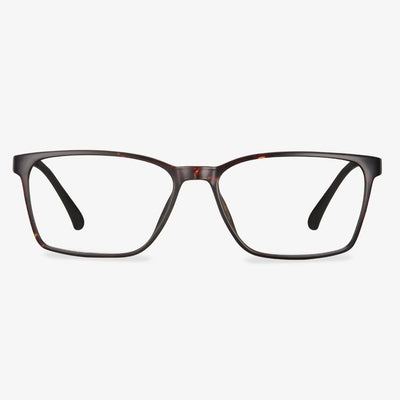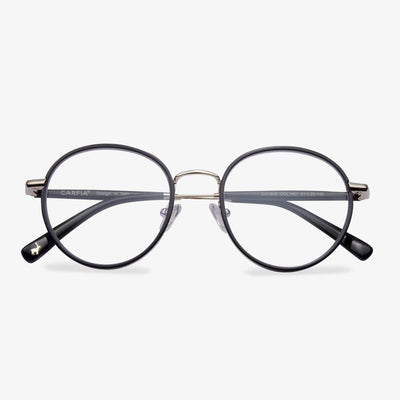John Lennon Imagine
The circular wire-rimmed glasses like these were made popular by the Beatles' idols in the 1960s and immediately became a favorite of hippies and music lovers around the world. This modern version has an ultra-light frame made of stainless steel that resists rust and corrosion. Flexible spring hinges and coated temples are very comfortable. For fans of retro-inspired accessories, the glasses are a favorite.
What color coating is good?
The purpose of plating anti-reflection film is to reduce the reflection of light. But because it is impossible to be completely free of reflected light, there will always be some residual reflection on the surface of the lens that causes the visible color. Someone asks which kind of these residual color is best. It does not have a standard actually. It is mainly based on a personal preference for color. More on the market at present is green color. However, these residual colors can initially help us to judge the thickness of the film: when the film is thin (the thickness is less than 139nm), the reflected light will show light yellow, and when the film is thick (the thickness is more than 139nm), it will show blue-green. The current multi-layer anti-reflection film thickness is about 0.3μm.
About celluloid glasses
In 1929, the first large-scale production of sunglasses made of celluloid was made by SamFoster, an American who ran a women's accessories company facing bankruptcy and made it convenient to use the injection molding technology used to make hairbrushes. Sunglasses made of celluloid were sold on the beach of Grand West, New Jersey, and became very popular. Indeed, celluloid glasses were once popular because of their high-cost performance, but celluloid gradually faded out of people's eyes due to its poor chemical stability, flammability, and other shortcomings, with the emergence of new materials for glasses.
Who are suitable for progressive lenses?
A progressive piece is suitable for most old people to wear. The proper person is the one who has the visual needs of the long, medium and short distance cares about beauty, and is willing to accept new things. In order to avoid binocular vertical prism differences, for the wearer whose equivalent spherical lens with anisometropia is more than 2D, especially if the difference in refractive power of the vertical meridian is more than 2D, it should be checked with caution. Opticians whose vision needs do not match the progressive lens design, like dentists, often experience blurred vision when working with the far side of the lens to look closer.
Where to Buy Blue Light Glasses?
As mentioned above, there are many benefits of blue light glasses. You may ask where I can buy blue light glasses. To buy them, Koalaeye Optical is recommended. It is an online store and provides all kinds of eyeglasses, sunglasses, and frames, such as polarized sunglasses, wrap around sunglasses, progressive sunglasses, and so on. So, if you need a pair of blue light blocking glasses, try Koalaeye glasses. What’s more, the glasses will be mailed to you free with your great convenience.
Can You Wear Glasses Without Prescription?
So, can you wear glasses without prescription? Of course, you can. You can wear glasses without prescription and they would not cause any damage to your eyes. What’s more, some non-prescription glasses, such as the type that blocks harmful blue light, can be beneficial to your eyes.
Why do glasses with the same prescription feel different?
The old glasses 'remodeled' your eyes. Sometimes, all data on optometry and processing are accurate, and the spectacles equipped are in full compliance with the prescription for optometry, or the power of new spectacles is exactly the same as that of the old spectacles, but you will still be dizzy when wearing the new spectacles. This is because the old glasses 'remodeled' their eyes during long-term wear. For example, the old glasses used by some people have been severely deformed. The temples are no longer in the same plane, and the optical center area of the lens will deviate from the interpupillary distance measured by the glasses at that time. However, the wearer does not mention this situation, and the eyes gradually adapt to this kind of deviation. After putting on a new pair of glasses, you will not adapt to them.


















































